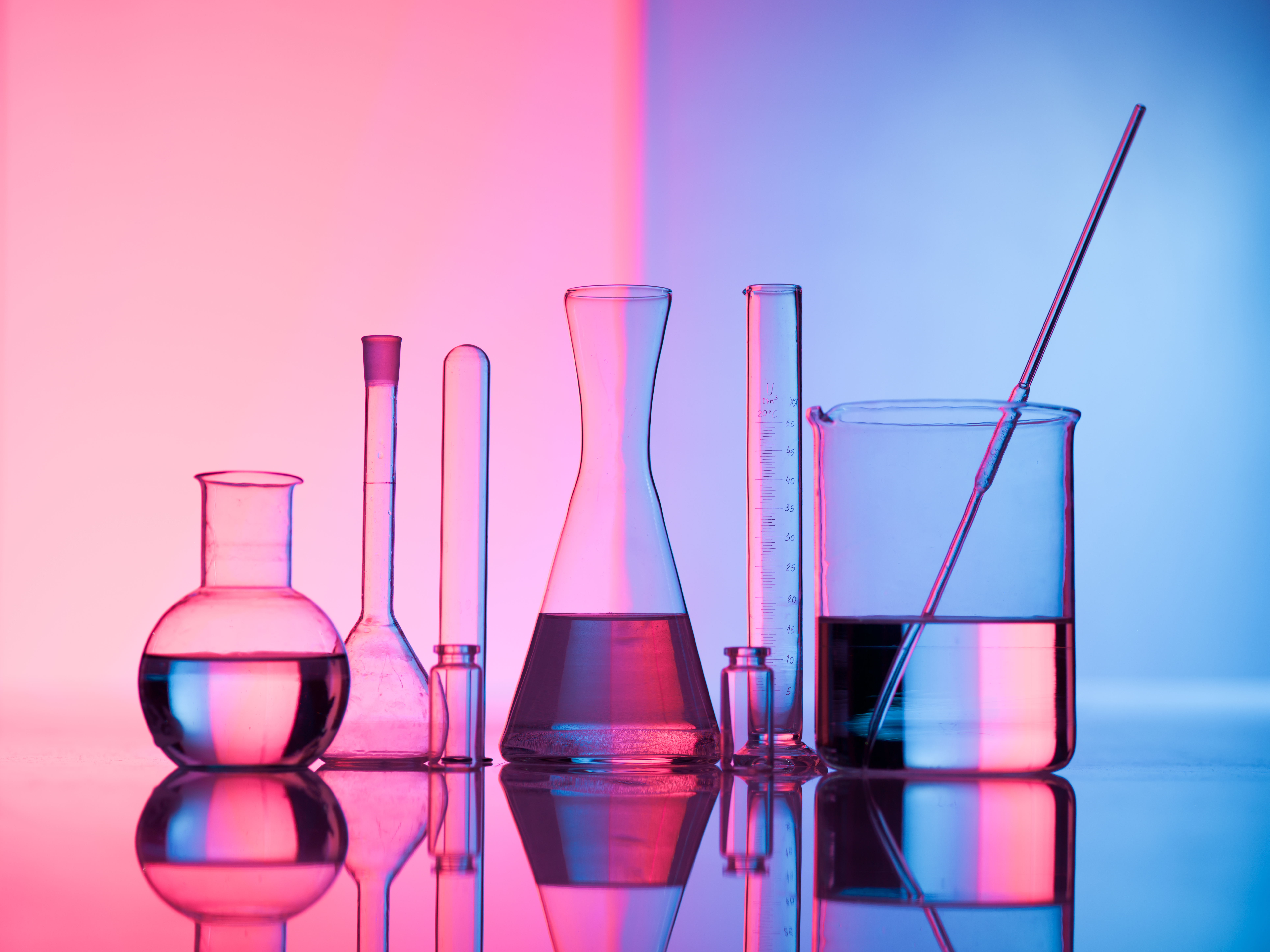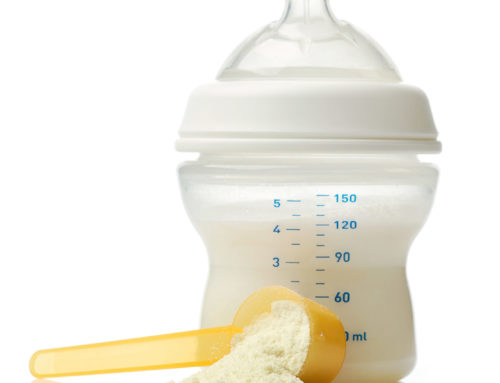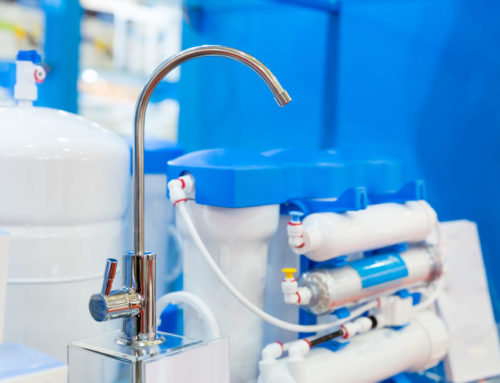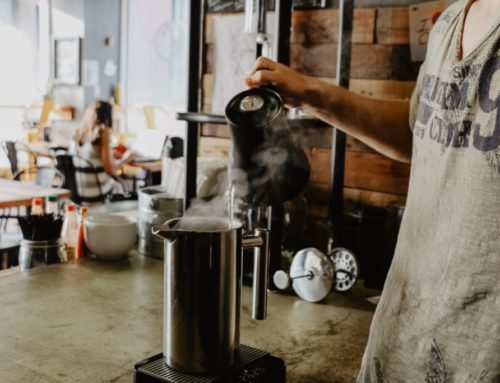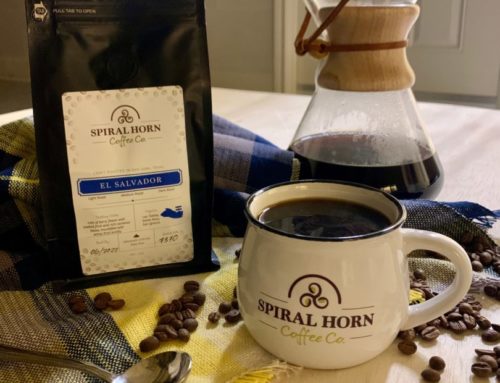Up until the last few decades or so, to obtain coffee water we mostly went to the kitchen faucet. Coffee makers were filled with water provided by the local utility or our own private wells. WOW, then we realized all the “stuff” that is, or may be, in our water and we went filtration crazy. Filtered, purified, bottled, reverse osmosis, Smart, Alkaline, Vitamin and many other bottles of water with analogous marketing terms fill the shelves.
For those with private water wells, annual testing is highly recommended to ensure water quality and safety. Municipalities, by law, must subject all of their sources to annual testing and report anomalies to consumers. Our regulatory bodies have determined water contamination levels that are deemed “safe”. Regardless, the recycling of water by municipalities requires filtration, and in most cases, chemical treatments including chlorination. Often the municipal water has a less than desirable flavor right out of the tap. Brewed coffee is mostly water. The better the base coffee water is, the better the final product will taste.
Unfortunately, straight municipal tap water is the least desirable source of coffee water. Difficult to assess private well water as there are so many variables related to ground sources, contaminants, and mineral content. Water chemistry has become a big industry. We know if our water tastes “good” or not. When it doesn’t, we usually add filtration or reverse osmosis systems at the kitchen sink to filter out chlorine and other elements that contribute to that undesirable taste. Filtered / R.O. water is better than regular tap water for brewed coffee. However, R.O. systems and most filtered water is pH imbalanced to the acidic side of the scale. We have the same challenge with bottled water available to us from our local grocers.
See our next post on reverse osmosis and other filtration systems as we continue to explore coffee water options.
